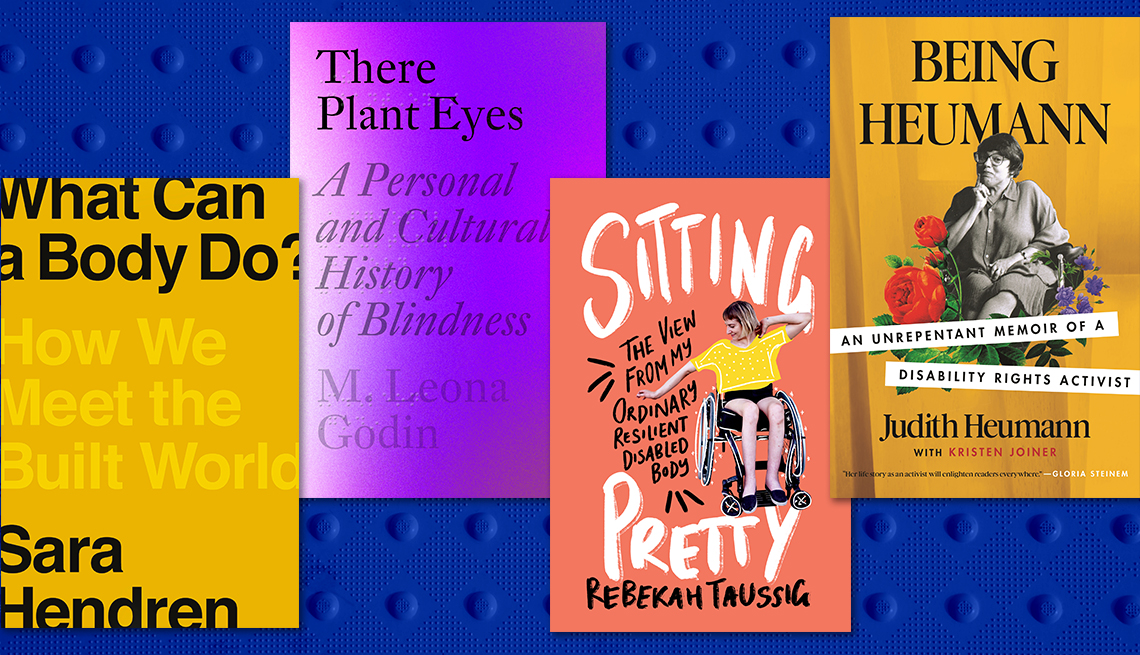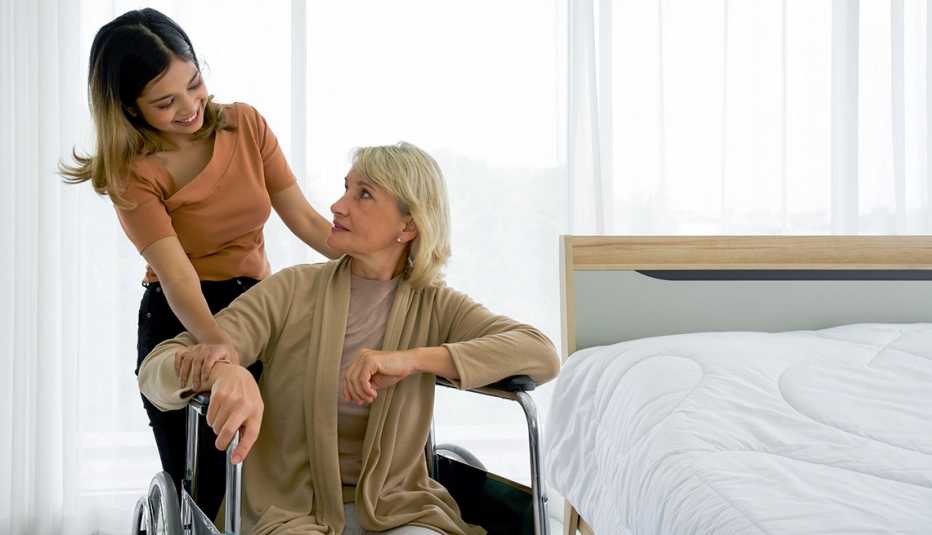By M. Leona Godin
Blindness throughout literature has been defined almost entirely by the sighted, who've portrayed the blind as either bestowed with superpowers or an unwavering purity or, conversely, as pitifully inept, says Godin, a writer, performer and educator who began to lose her vision at age 10. Her book tackles such misconceptions, and more. While the sighted mistakenly believe the blind see nothing, for example, she explains that blindness is a spectrum that moves into sightedness; “describing blindness as darkness is absurd,” Godin writes. “Rather, I am bombarded with light. The constant, hallucinogenic, pulsating pixelated snow-fuzz that is the remainder of my vision actually keeps me from experiencing the blackness of night, and I’m not alone.” The author weaves her personal perspective and experience through an intellectual review of the subject, encouraging the reader to appreciate sensorial differences in what she calls "an ocularcentric world." (June 2021)
Sitting Pretty: The View from My Ordinary Resilient Disabled Body
By Rebekah Taussig
Sitting Pretty reads like conversations you’d have with a close friend over coffee — intimate, vulnerable dialogue interspersed with plenty of wit and wisdom. Taussig, a writer in Kansas City, offers honest reflections on her experience, including frustrations, as a wheelchair user. Around age 8, she writes, she stopped feeling beautiful and felt ugly: “Not only did I discover I wasn’t the princess, but I was an uninvited intruder, a problem to push out of sight.” While musing on dating, teaching high schoolers and hunting for accessible accommodation, she gently asks the difficult questions, including “How do I persuade you I’m human like you? What would happen if we decided disabled bodies were worth including?” (August 2020; now in paperback)
What Can a Body Do? How We Meet the Built World
By Sara Hendren
All technology, whether it allows us to dictate a text or peel a potato, is assistive — working as an extension of the body. Hendren, who teaches design for disability at Olin College of Engineering near Boston, looks at thoughtful innovations, such as a futuristic-looking cyborg arm and a self-made limb holster that allows an armless father to change his baby’s diaper, and calls for even more inventive solutions. “Rather than looking at disability only as a problem to solve," Hendren writes, "we might engage our wonder, letting 'what if' questions grab and hold our attention for a moment, making us rethink what a body can do.” It's an engaging read, full of unique insights. (August 2020)




































































